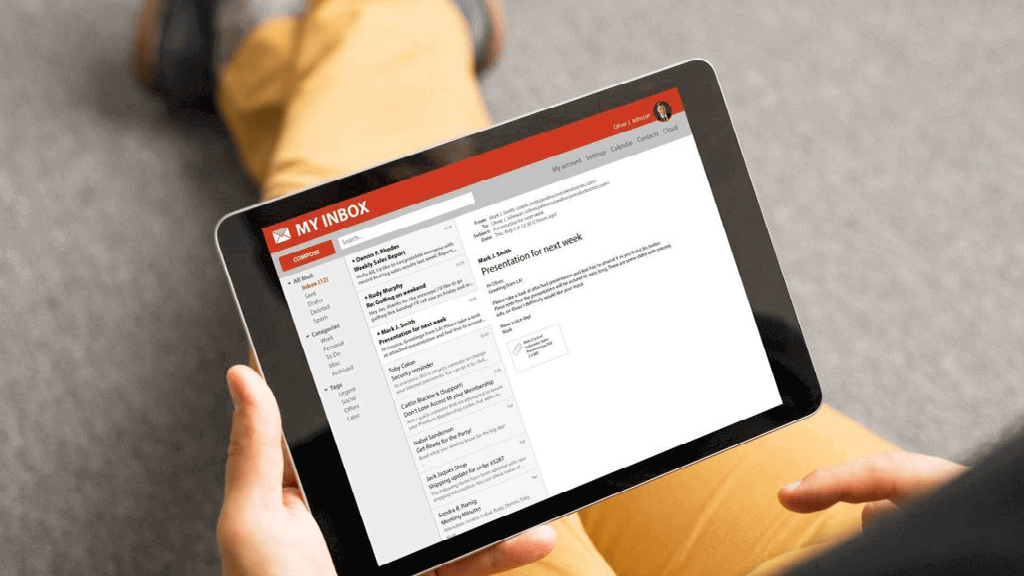Email marketing is a digital marketing approach wherein you connect with your audience via email. This post will teach you how to build an effective email marketing strategy for your business.
You might be wondering why having an email marketing strategy is essential. Isn’t email marketing dead?
At ArisAlex, we think otherwise.
Why Email Marketing is NOT Dead
More than five decades ago, email marketing was the only way to reach out to potential customers. Then came websites, search ads, social media, and mobile and video marketing.
As these new marketing channels continue to grow, it is easy to assume that email marketing is an outdated form of promoting your business. After all, it’s been around since the 1970s. Additionally, nearly 50% of email is flagged as spam. However, you are likely doing poor email marketing practices if your strategy does not produce desired results.
That said, we have listed three reasons why email marketing is not dead:
People are Still Using Email
In 2020, there were four billion email users globally, and it is expected to grow to 4.6 billion in 2025. Additionally, 58% of US consumers check their emails daily. These are significant numbers of people that you might miss if your business does not practice email marketing.
Email Brings Huge ROI
According to studies, email marketing can generate an average ROI of $36 for every dollar spent. That’s because people who join your email list are interested in what you have to offer.
You Own Your Email List
Owning your email list is another great thing about email marketing. No algorithm can impact your email’s visibility unless your subscribers unsubscribe or you do not apply the email marketing best practices. In addition, you can bring your list to another email marketing platform should you decide to switch.
Email marketing is still one of the most cost-effective ways to promote your business. If you would like to achieve the mentioned ROI for your business, follow these six actionable steps to build an effective email marketing strategy for your business.
STEP 1: Create a Strategy Brief
A successful email marketing strategy always starts with a plan. However, planning an email marketing strategy is more than choosing a design template for your email. No matter how visually pleasing your email is, it is useless if it does not serve its purpose.
This is where having a strategy brief comes in.
An email marketing strategy brief outlines your email’s goals, audience, messaging, timing, and key performance indicators (KPIs). Think of it as a compass that helps set the direction of your campaign.
That said, you need to identify your business’s purpose for investing in email marketing.
For an online store owner, the goal could be to increase sales and encourage customers to become repeat buyers. If you are in B2B, you may use email marketing to keep your relationship with potential clients warm.
However, it is important to set SMART email marketing goals. This means that when creating your strategy brief, your email marketing goals should be:
- Specific
- Measurable
- Achievable
- Relevant
- Timely
In the case of our online store owner, a SMART email marketing goal could look like this:
“Convert 20% of existing customers from the past quarter into repeat buyers within the next 30 days.”
From here, we can precisely identify your email marketing purpose. That is to get repeat customers.
How many repeat customers does the online store owner need? 20% of the existing customers from the part quarter. If the online store acquired 300 new customers during the past three months, 60 of those should buy again within the next month.
You can achieve your goal by sending a promotional email with a discount code to encourage purchase. Meanwhile, the online store owner can measure the success of the email marketing strategy by measuring relevant KPIs. This can be the number of people who clicked the link to your online store and bought something.
STEP 2: Identify Your Audience
Now that you know the purpose of your email marketing strategy and KPIs to measure, next is to identify who will read your email.
You may have a broad idea of whom to send your email. For a B2B business owner, it can be their existing clients, those who subscribe to their newsletter through the blog, or those who downloaded their case study.
But other than that, you should also consider why they want to hear from you.
An existing client may want to get first dibs on service updates. In that case, keep your current clients in the loop for any policy changes, service pricing updates, or upcoming features for your services. Meanwhile, someone who downloaded your case study may wonder whether you can help solve their problem. This would be a great time to email them and encourage them to book a free consultation so you can understand their needs better.
Are you unsure why people decided to subscribe to your email? You can survey them to know what content they expect from you. If you do not have subscribers yet, be mindful of where they will be coming from once you start building your email list.
STEP 3: Determine the Type of Email You Will Send
Identifying your email marketing strategy’s target audience allows you to determine the type of email to send. Here are four types of emails that you can send:
Email Newsletter
This is the most common type of email marketing tactic that businesses do. Newsletters are best used to keep your subscribers updated and provide them with helpful information.
Keep in mind that you are a guest in your customers’ inbox. Hence, every content you send must be engaging and provide value.
The New York Times Cooking is one of those crushing it when it comes to newsletters. That’s because they leverage imagery, which is smart since people eat with their eyes first. In relation to this, they feature recipes from different chefs. This enables their subscribers to get value from their content by having something new to try in their kitchen.

Promotional Email
Promotional emails are used when you inform customers of a new product or encourage your subscribers to book a demo of your service. They often include offers that entice people on your list to buy or sign up.
This promotional email from Teonic has an enticing subject line that focuses on customers’ pain points (improving their health). It is also targeted at email subscribers who purchased the product and are looking for a refill.
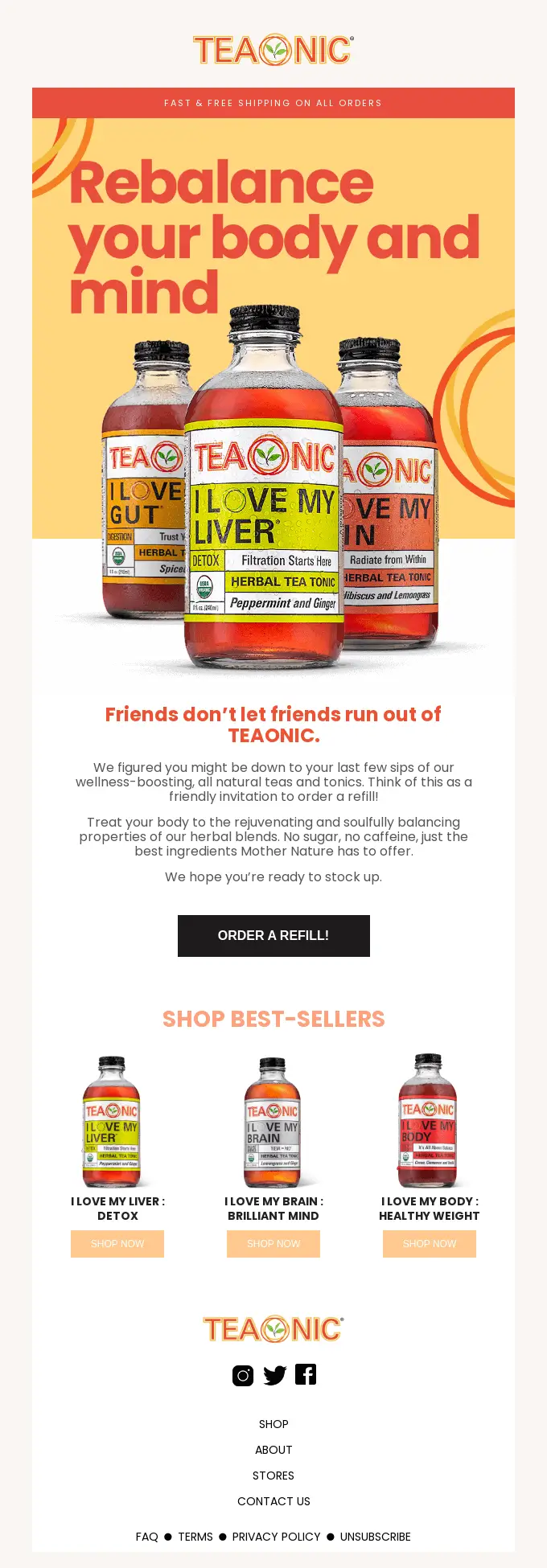
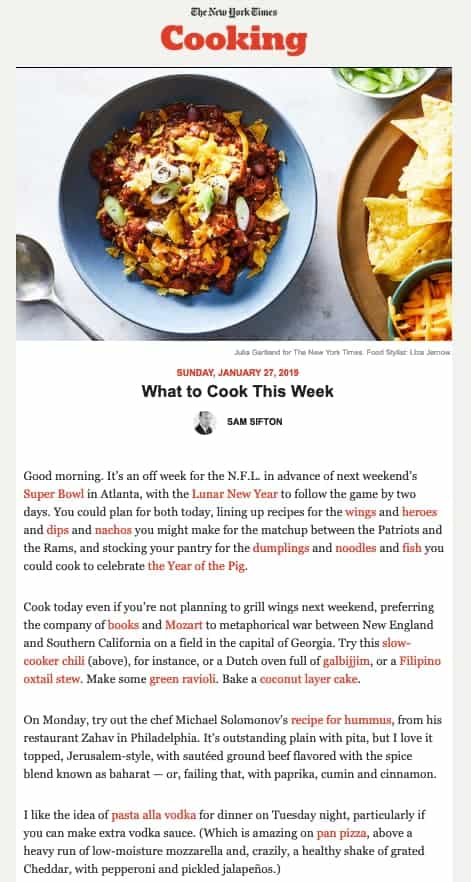
Acquisition Email
Emails you use to acquire clients or customers are called acquisition emails. They can be from your existing email list or a campaign designed to get prospects. Acquisition emails are best used to turn email subscribers into clients or customers.
Sephora’s Trip to Paris contest is an excellent example of an acquisition email. They engaged their existing email subscribers to visit and view their posts on Instagram. In exchange for an enticing offer (who doesn’t want a trip to Paris?), they were able to boost their engagement in another channel.

Retention Email
Whether you own a small business or an enterprise, it is essential that you include retention email in your email marketing strategy. You send these emails to subscribers who have not interacted with your business in a while. An excellent example would be customers who have not bought any of your products for the last three months. You can also use retention email when thanking a client for hiring your service and asking for a referral.
If you use Typeform for the first time, chances are you received this email.
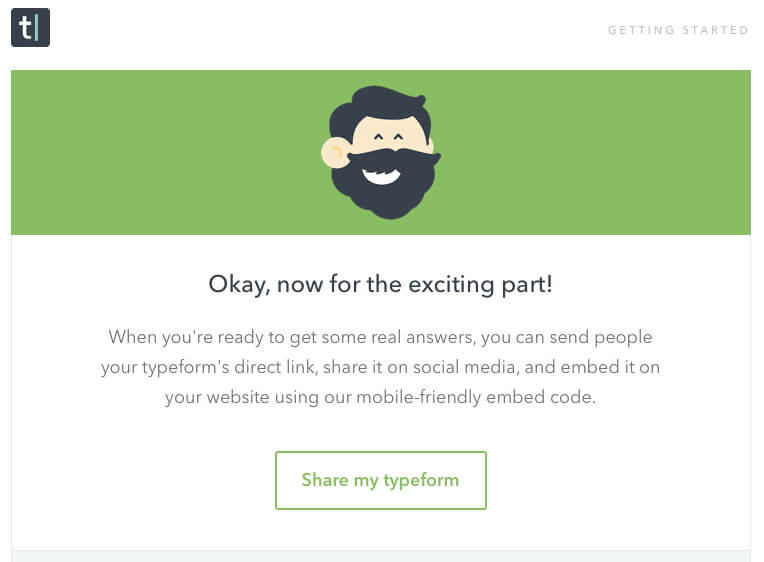
What makes this a perfect example of retention email? It is a direct follow-up email containing tips, advice, and what to do next. As a result, you would want to maximize the features of Typeform.
STEP 4: Know When and How Often You Will Send Your Email
At this point, you know why you need to send emails, what type of emails to send, and who should receive those emails. You might ask: How often should I send emails?
There is no single answer to that. However, it is recommended that you err toward a few emails. Perhaps once per week or month. That’s because 45.8% of people mark emails as spam when brands send out emails too often. However, sending infrequently can lead to your subscribers forgetting that they even signed up to receive emails from you.
If you see many people unsubscribe from your email, ask why they have decided to do so. That way, you would know whether you send emails too often or are few and far between. Another tip is to ask new subscribers how often they would like to receive your email.
Other than the frequency, you may also be curious about the best time to send an email. According to recent studies:
- The best day to send an email, when it comes to the open rate, is Thursday.
- 8:00 AM – 9:00 AM is the best time to send an email
However, you should also consider the industry where you belong. If you are in the B2B sector, odds are your subscribers are receiving hundreds of emails during their day in the office. It is a different case for the B2C industry as you have customers in various stages of the buyer’s journey.
Another thing to consider is the time zone where your subscribers live. You 8:00 AM may be 8:00 PM on the other side of the world.
The key here is to run a test to determine what works for your business.
You can set two separate email lists: One set will receive an email on a Monday morning and the other one on a Monday afternoon. Do the same for the following week, but you will send it on a Tuesday this time. Repeat the process every week until you cover all days of the week.
Check your email marketing platform’s analytics to see your open and click-through rates. Based on the data, you can determine the best day and time to send your emails.

STEP 5: Build Your Email Marketing List
Your email marketing strategy will not be complete without subscribers. Unfortunately, many content creators and business owners do not realize the importance of having an email list.
Your email list consists of names and emails of people who permitted you to reach out to them to build meaningful relationships and promote your business. Because they’ve decided to join your email list and verify their identity, they are interested in what you offer.
How can you build your email marketing list?
You can ask for their email in exchange for a downloadable asset (e.g., e-book), hosting a giveaway, offering a course, and many more. Other list-building tactics include:
Embedded Signup Forms
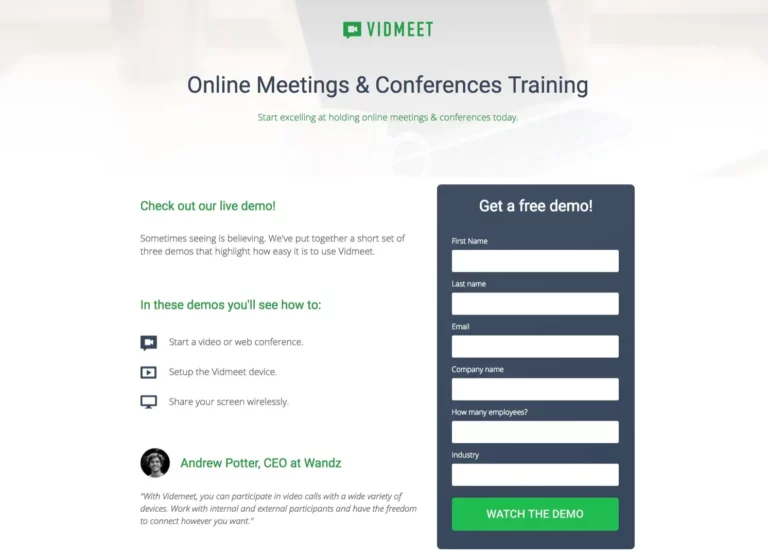
Pop-ups and Overlays
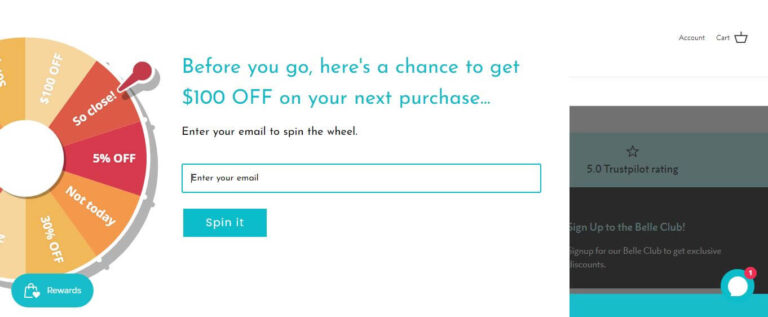
Squeeze Page

Opt-ins

Loyalty and Referral Programs

STEP 6: Analyze and Segment Your List
Analyzing and segmenting your email marketing list can help you determine the type of email that they want to receive. That way, you can refine your email marketing strategy and generate better results.
Understand Your Email Analytics
Almost every email marketing dashboard comes with built-in analytics. You should use this feature to determine what kind of content resonates with your subscribers or whether your campaign is helping you achieve desired results.
The three most important factors you need to consider are:
- Open Rate. It tells how many people open your email, indicating how well-built your relationship with your subscribers is. A loyal customer would be excited to open your email. Otherwise, it means they are not engaged with your business.
- Click-through Rate (CTR). Your CTR tells how many people clicked a link on your email. If you have low CTR, it is a sign that you need to improve your copy to get your marketing message across.
- Unsubscribes. This tells how many people clicked the “unsubscribe” button at the end of your email. You have built a sieve if you have a high unsubscribe rate about your open rate. People who subscribed to you will leave eventually. As such, you should dig into why and when they opt out so you can take the right action.
Segment Your Email List
Email segmentation is the process of splitting your list into different categories. Segmenting your email list allows you to send targeted emails. These are emails that your subscribers need.
If you are an online store owner, you can segment your email list based on the following:
- First-time buyers
- Repeat customers
- Customers who added items to their cart but did not check out
Meanwhile, a B2B company owner can segment his email list based on the following:
- Those who booked a demo
- Existing clients
- Referred clients
If you are in the startup sector and have a mobile app, you can segment your email list as follows:
- Monthly active users
- Inactive users
Bonus Step: Automate What You Can
Automation can do wonders for your email marketing campaign. For one, it allows you to focus on producing compelling content. Second, it frees your time to focus on other aspects of your business.
So, what are some examples of email marketing tasks that you can automate?
- Sending emails. You do not have to send your emails manually. Most email marketing platforms allow you to schedule when you want to send your email.
- Welcome Email. If you encourage a website visitor to subscribe to your newsletter, wouldn’t it be nice if you send them a welcome email? After all, 74% of people expect a welcome email after subscribing to an email newsletter.
- Delivering Downloadable Content. This is the email you send when someone joins your list to receive downloadable content (e.g., e-book). Through automation, you only need to set a “trigger” that will prompt your platform to send the content automatically when someone signs up for it.
- Cart Abandonment Email. This refers to the email you send to remind a customer that they have items in their online cart but haven’t checked out. Mind you, this kind of email can help you recover lost sales.
Keep in mind that email marketing automation can be overwhelming. More so if you are not tech-savvy.
We recommend that you focus on producing effective content first, build your list, and get the hang of using your preferred email marketing platform. You can also work with a digital marketing company like ArisAlex Digital to help you build and execute a robust email marketing strategy – including setting up the right automation.
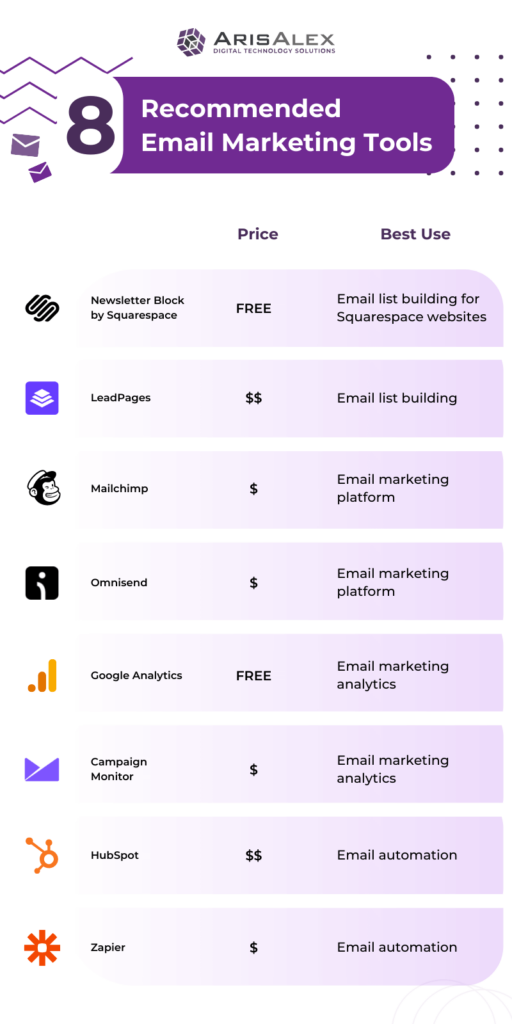
8 Recommended Email Marketing Tools
Email remains the top channel when reaching out to clients and customers. It can also help amplify other marketing tactics like SEO and social media. However, building and executing an effective email marketing campaign requires significant time and resources.
That said, you will need tools that can help simplify and streamline your processes.
Newsletter Block by Squarespace
If you run your website on Squarespace, you can easily collect emails using a Newsletter Block. It is a built-in feature that you can add to your website to encourage your site visitors to subscribe to your newsletter. It is also customizable, so you can ensure that it blends well with your online branding.
LeadPages
LeadPages allows you to build landing pages to help grow your email list. They offer pre-designed and mobile-friendly templates with simple call-to-action options. That way, you can easily collect emails whether potential subscribers are on their desktop, tablet, or mobile.
Mailchimp
Mailchimp is an email marketing dashboard that helps you grow your business and keep your subscribers engaged. That’s because it allows you to store and segment your email list, build captivating emails, and schedule when you will send them.
Omnisend
You will benefit from notifying your customers via email and SMS if you run an online store. Luckily, Omnisend allows you to do both. It is a user-friendly dashboard that will enable you to create and automatically send email and SMS notifications to your customers. That way, you can always engage your buyers wherever they are.
Google Analytics
As previously mentioned, almost every marketing platform has built-in analytics. However, it is helpful if you have another tool where you can check your email marketing campaign’s overall performance. This is where Google Analytics comes in handy. This tool lets you monitor whether you are receiving online traffic through your email and if you are successfully turning these visitors into customers.
Campaign Monitor
Campaign Monitor gives you an insight into your email marketing performance. It also comes with actionable tips on how you can improve your campaign to drive desired results. Campaign Monitor’s other features are multivariate testing, template builder, and integrations with other digital marketing tools.
HubSpot
One of the well-known marketing automation tools is HubSpot. One of which is streamlining your email marketing process and workflow. This tool allows you to connect sales and marketing, which includes gathering customer data and labeling where they are in their customer journey.
Zapier
Zapier allows you to automate different parts of your campaign by connecting one app to another. You need to choose what apps or dashboard you want to connect to, set a trigger, determine what action you want to see, and you are all set!
Start Connecting with Your Customers Through Email Marketing
With billions of users and more than half of them checking their inbox daily, email gives you direct access to your clients or customers. When done right, email marketing can help you achieve as much as a 3,600% return on investment.
Nonetheless, you need to build an effective email marketing strategy by following these steps:
- Create a strategy brief
- Identify your audience
- Determine the type of email you will send
- Know when and how often you will send your email
- Build your email marketing list
- Analyze and segment your list
Once your email marketing strategy is up and running, you can consider which part of your campaign you can automate. Another option is to work with a digital marketing company that can help you build a robust and streamlined email marketing process.

